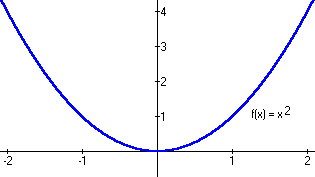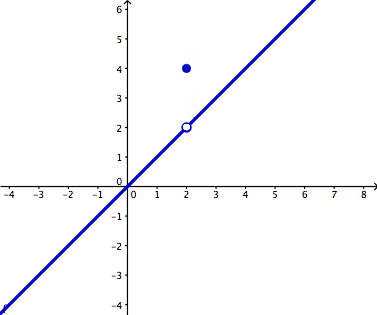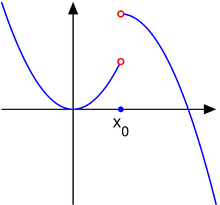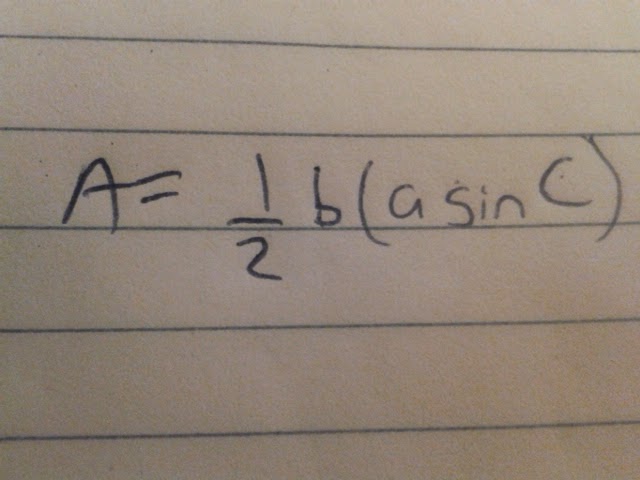1). Where the difference quotient actually comes from
If we take a normal graph, such as the one above, we can easily derive the difference quotient formula. We make a point with an x value of 'x' and the distance from that point to the origin is therefore 'x'. The y-coordinate of the point would be f(x), which just means whatever y would be when 'x' is plugged into the equation of the graph. If a distance of 'h' is added to the distance of 'x', we get an overall distance of x + h where another point with an x- value of 'x+h' is located. The y-value of that second point would be f(x+h).
Next, all we do is apply the slope formula, which is (ysub2 - ysub1 / xsub2 - xsub1). As shown in red in the picture, when we apply this formula to our two points on the graph, we get the difference quotient formula after simplification.
2). How this is relevant to our lessons of derivatives
Since the difference quotient basically represents the slope of a line that touches two points on a graph (shown above), and a secant line is a line that meets a graph in two points at given slopes, the difference quotient could be used to find the slope of secant lines wherever those two points may be. In other words, in Calculus the difference quotient represents the slope of secant lines.
BUT WAIT! THERE'S MOREEE
The difference quotient may give us the slope of secant lines, however, they fail to give us the slope of lines that touch ONLY 1 POINT, which are known as tangent lines. In order to do this, we must find what is known as the derivative, which is the equation that represents the slope of tangent lines. In order to get this we must evaluate the limit as h approaches zero of the equation we got from the difference quotient. We do this because 'h' (as noted above) is the distance between the two points on the graph. In a secant line there is two points, and in a tangent there is only one, so how do we get the derivative from a secant line? The answer is clear: we make h, the distance between the two points as close to 0 as possible, because when h is zero, there is only one point, but h can never actually reach zero in a secant line so thus we evaluate the limit as h approaches zero in order to get the derivative which represents the tangent line.
 |
| A tangent line of a function with a point at (0, 0) |
 |
| A secant line of the same function where h = .2 |
 |
| A secant line of the same function where h = 2.5 |
As displayed above, the closer h is to zero, the closer the secant line resembles the tangent line. This is the reason why we evaluate the limit as h approaches zero of the equation from the difference quotient, which represents the secant line approaching zero, or becoming the tangent line.
Sources
Last three pictures: desmos.com






























